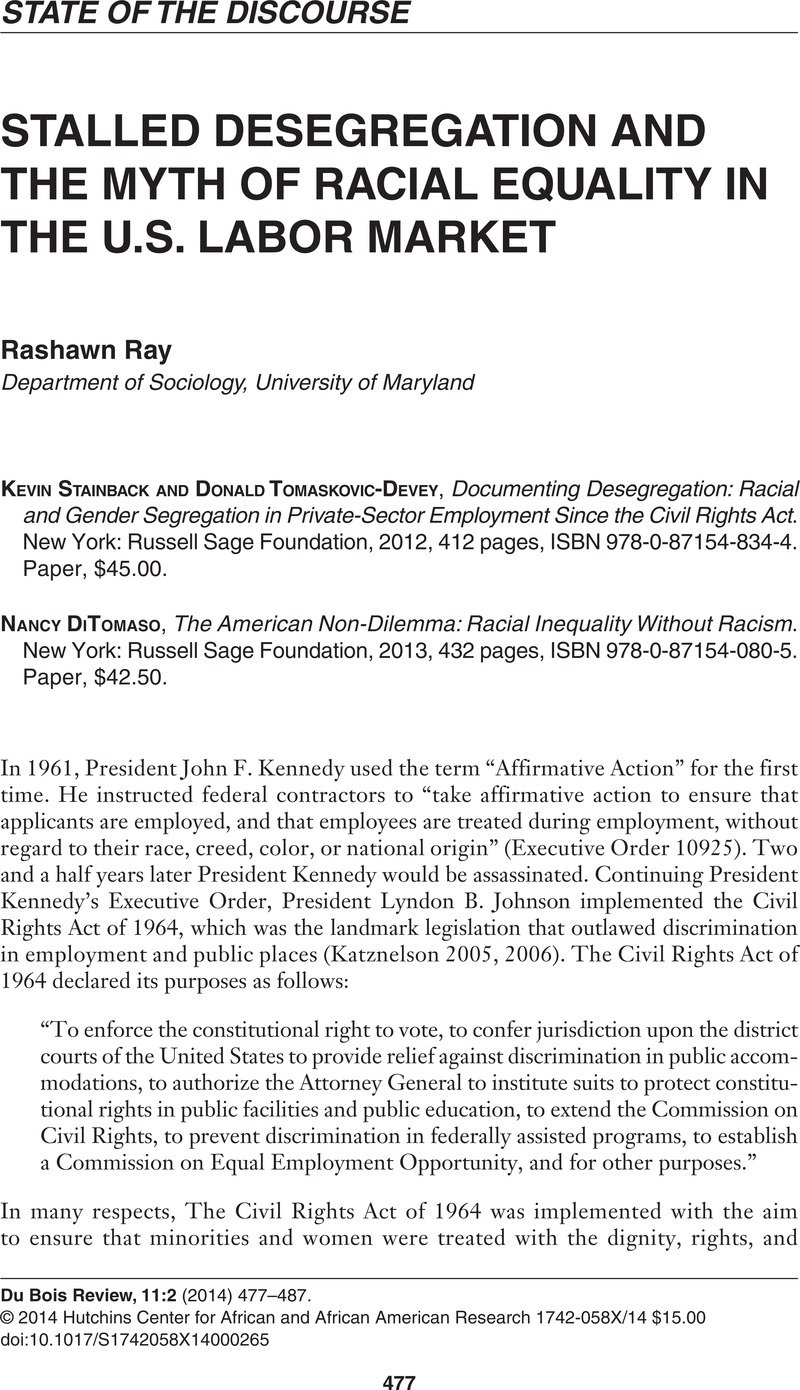Crossref Citations
This article has been cited by the following publications. This list is generated based on data provided by Crossref.
Gilbert, Keon L.
and
Ray, Rashawn
2016.
Why Police Kill Black Males with Impunity: Applying Public Health Critical Race Praxis (PHCRP) to Address the Determinants of Policing Behaviors and “Justifiable” Homicides in the USA.
Journal of Urban Health,
Vol. 93,
Issue. S1,
p.
122.
Gilbert, Keon L.
Ray, Rashawn
Siddiqi, Arjumand
Shetty, Shivan
Baker, Elizabeth A.
Elder, Keith
and
Griffith, Derek M.
2016.
Visible and Invisible Trends in Black Men's Health: Pitfalls and Promises for Addressing Racial, Ethnic, and Gender Inequities in Health.
Annual Review of Public Health,
Vol. 37,
Issue. 1,
p.
295.



